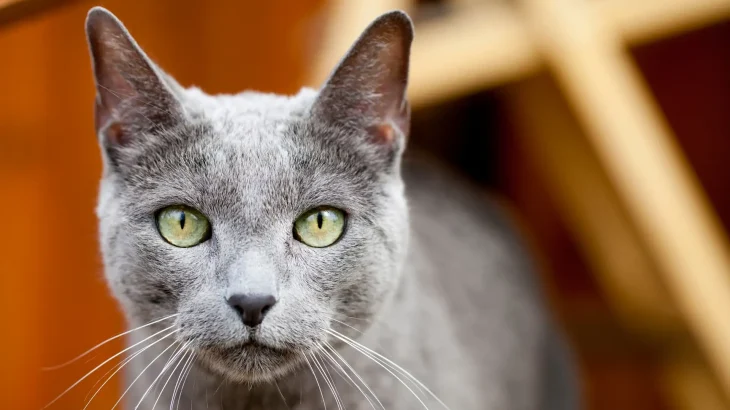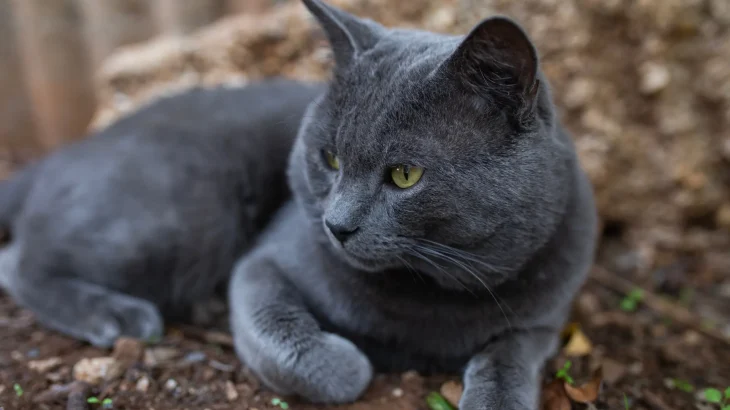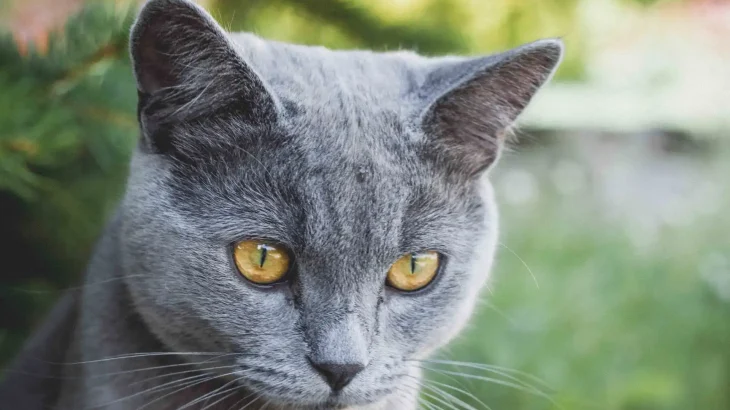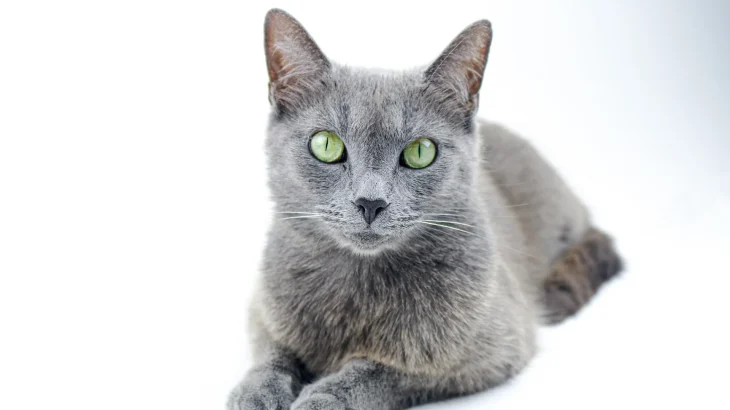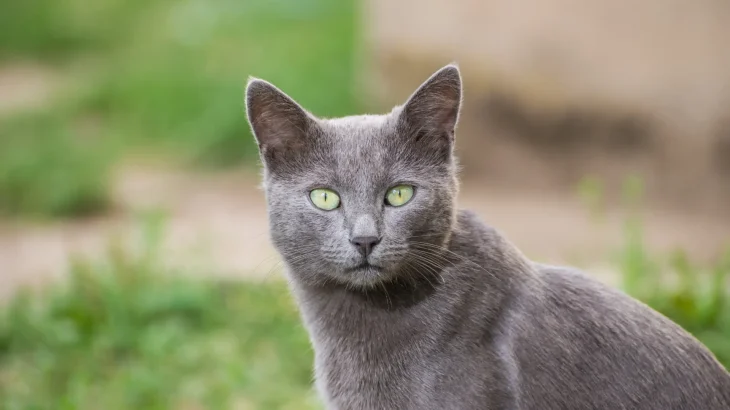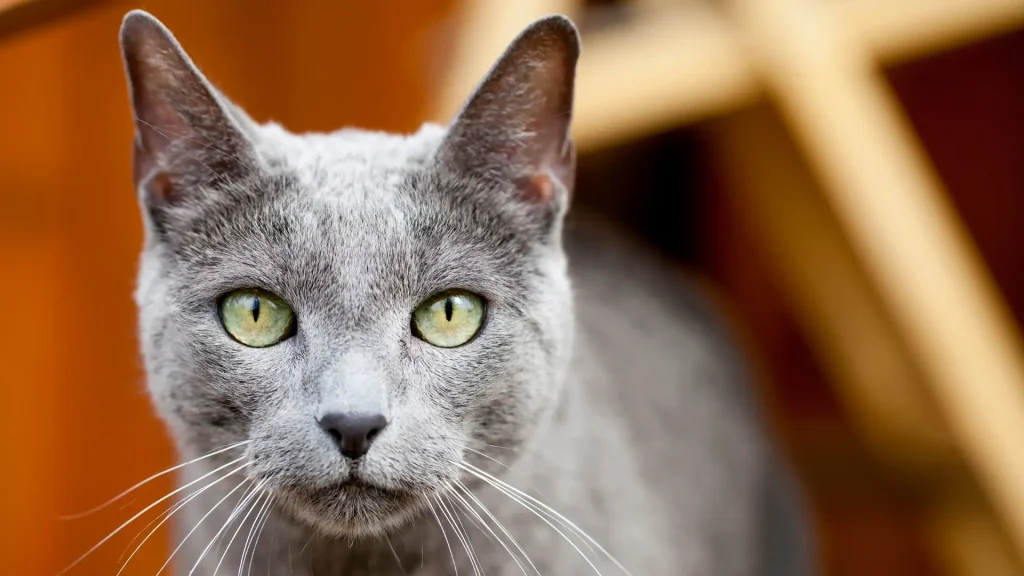When deciding to add a Russian Blue kitten to your family, you can either adopt or buy from a breeder. Each choice offers distinct benefits depending on what you prioritize, such as knowing the kitten's background or giving a home to a cat in need.
| Criteria | Buying from Breeder | Adopting from Shelter/Rescue |
|---|---|---|
| Cost | Higher upfront price reflecting breed purity and breeding costs. | Lower adoption fees, often including vaccinations and spay/neuter. |
| Health History | Comprehensive health records and genetic testing often available. | Health history may be limited or unknown; shelters conduct basic health checks. |
| Age Availability | Mostly available as young kittens, allowing early bonding. | Variety of ages; kittens may be rarer, adults more common. |
| Temperament Insight | Breeders can share detailed lineage and temperament traits. | Shelter staff can provide behavior observations, though background may be less known. |
| Supporting Practices | Supports responsible breeding when purchasing from reputable breeders. | Helps reduce shelter population by giving homes to cats in need. |
| Breed Purity & Pedigree | Guaranteed pedigree and breed standards adherence. | Uncertain breed purity; often mixed or unknown lineage. |

